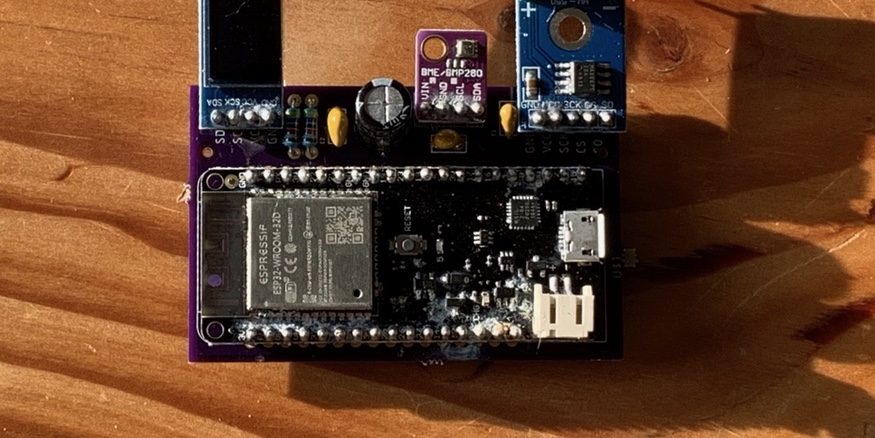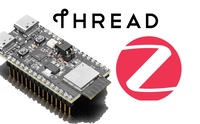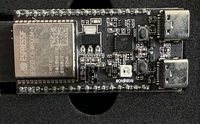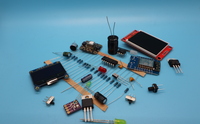Hey Kids, Don’t Leave Your Naked Grill Sensor Out Overnight!
So… I made a small mistake recently.
I left sensor that I’d built for reporting my gas grill’s temperature sitting out, unprotected, by the grill. The board was a “butterball”, a
That might not be so bad except that the sensor was naked, not in a case.
Oops.
The next morning when I realized I’d done this, I retrieved the sensor. It wasn’t operating anymore - an LED on the CPU was still blinking, but its OLED display didn’t show anything, and it had stopped logging data. The board showed some corrosion and discoloration around some of the pins. (Spoiler: after it dried out - no rice required - the board ran okay although I imagine its lifespan will be shorter now than it would have been if it had stayed dry)
When I build boards like this the case is almost always an afterthought. I’m best at software, okay at hardware and I have little skill or patience for CAD software and case design. And usually it’s fine having some naked circuit boards sitting around doing things. Until they get rained on. Or short out against something metal. Or the cats find them.
The fun thing is, I can see a few details about how it failed.
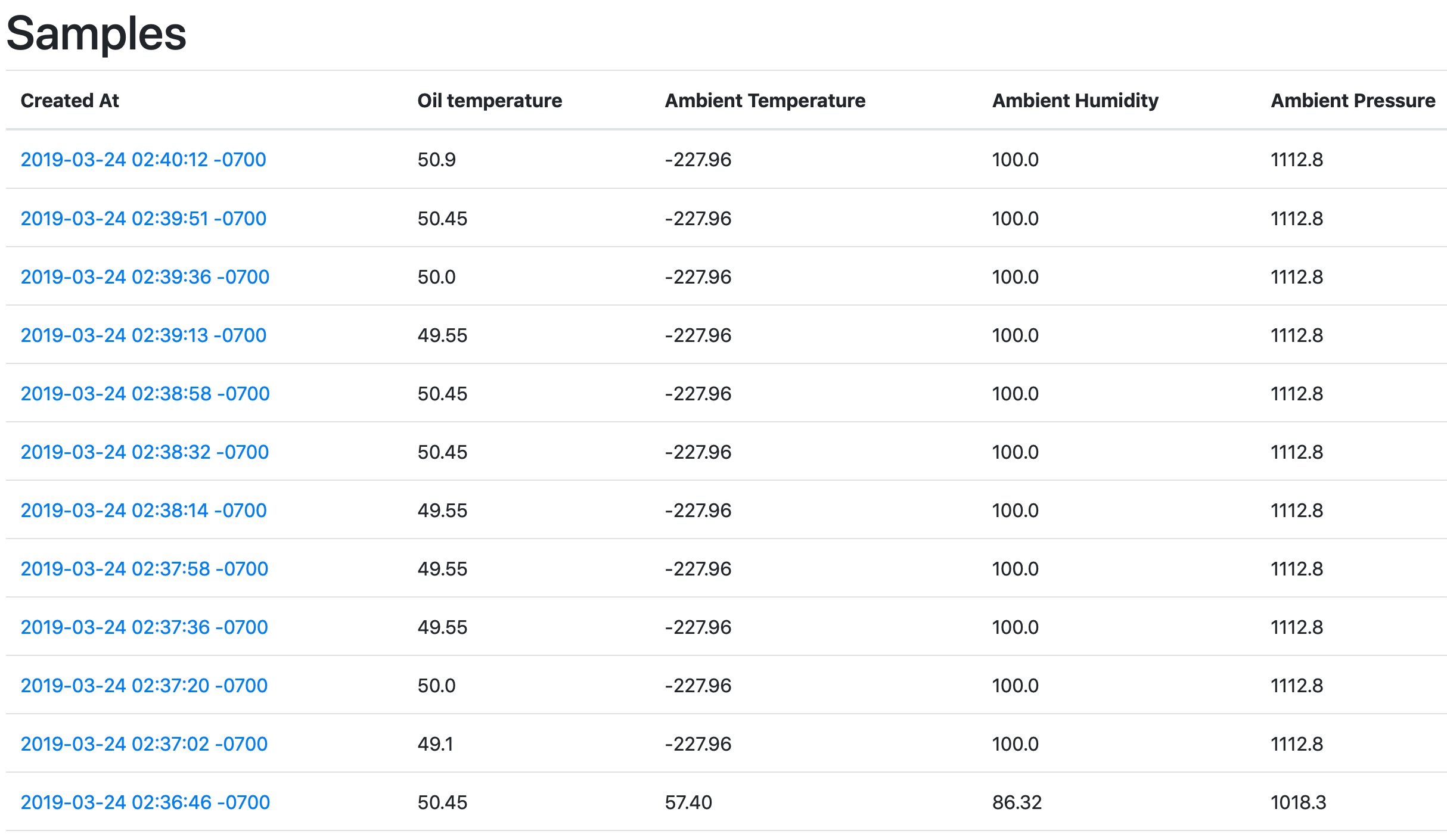
First, the last data point it logged was at 2:40AM. It was quiet after that. I can’t say exactly what failed at 2:40AM. Could have been power, the CPU, the wifi module… could have been a software failure in a driver that crashed because a sensor it was talking to behaved in a weird, unexpected way.

At 2:37AM the ambient temperature sensor went haywire and started reporting -227 degrees. It was reading a mild 57°F prior to that. That was when the humidity sensor (on the same chip) jumped from 86% to 100%. I can’t tell whether that was because the chip failed or because the board was getting rained on.
Cases have some definite drawbacks:
- personally, they’re at the edge of my skillset
- they’re a lot of work for one-off projects
- they restrict airflow and light for environmental sensors
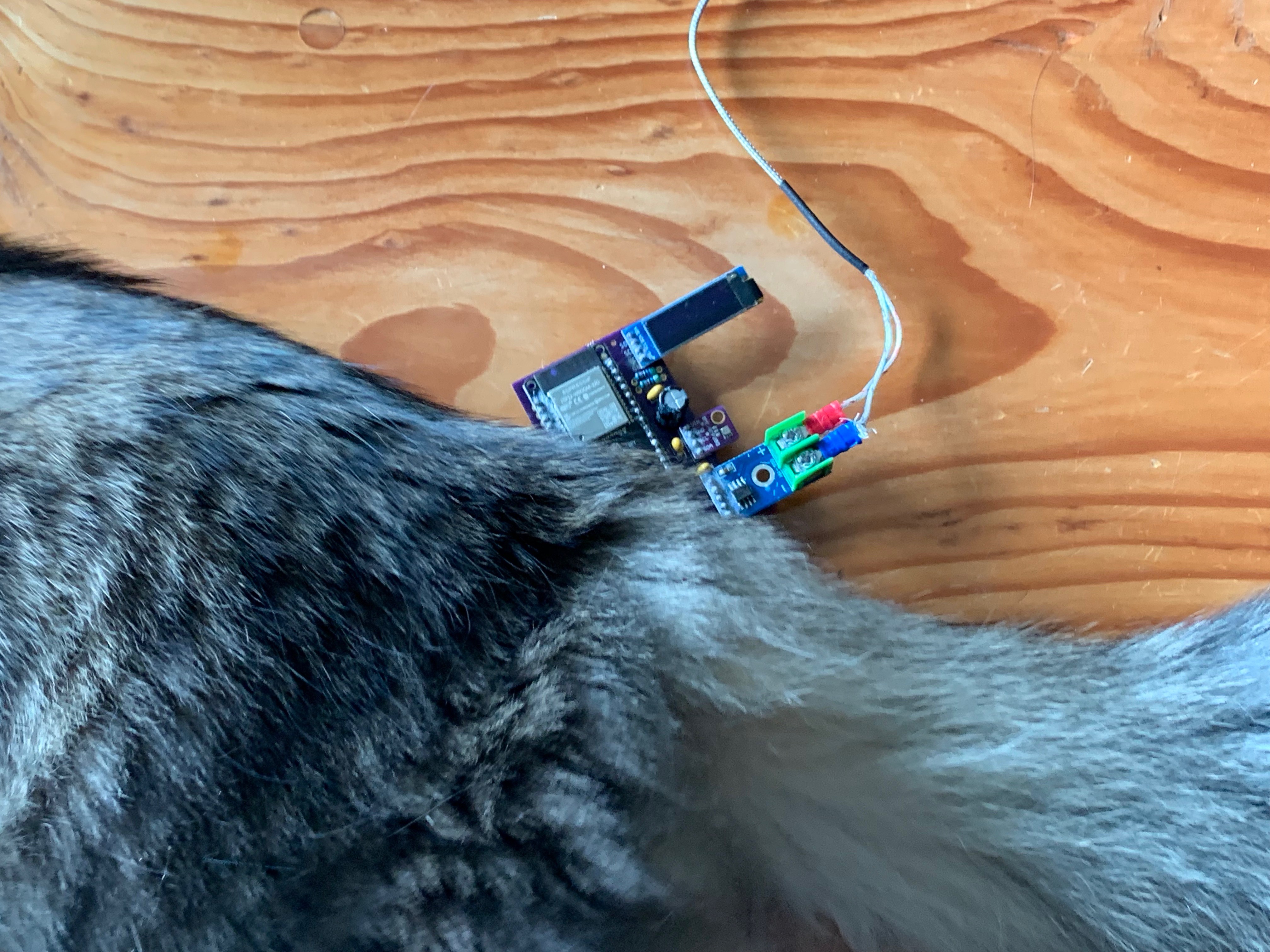
On the other hand, they’re vital for protectingcircuitry from the environment around it (and potentially for protecting the environment from the board - we don’t need cats licking high voltage terminals).
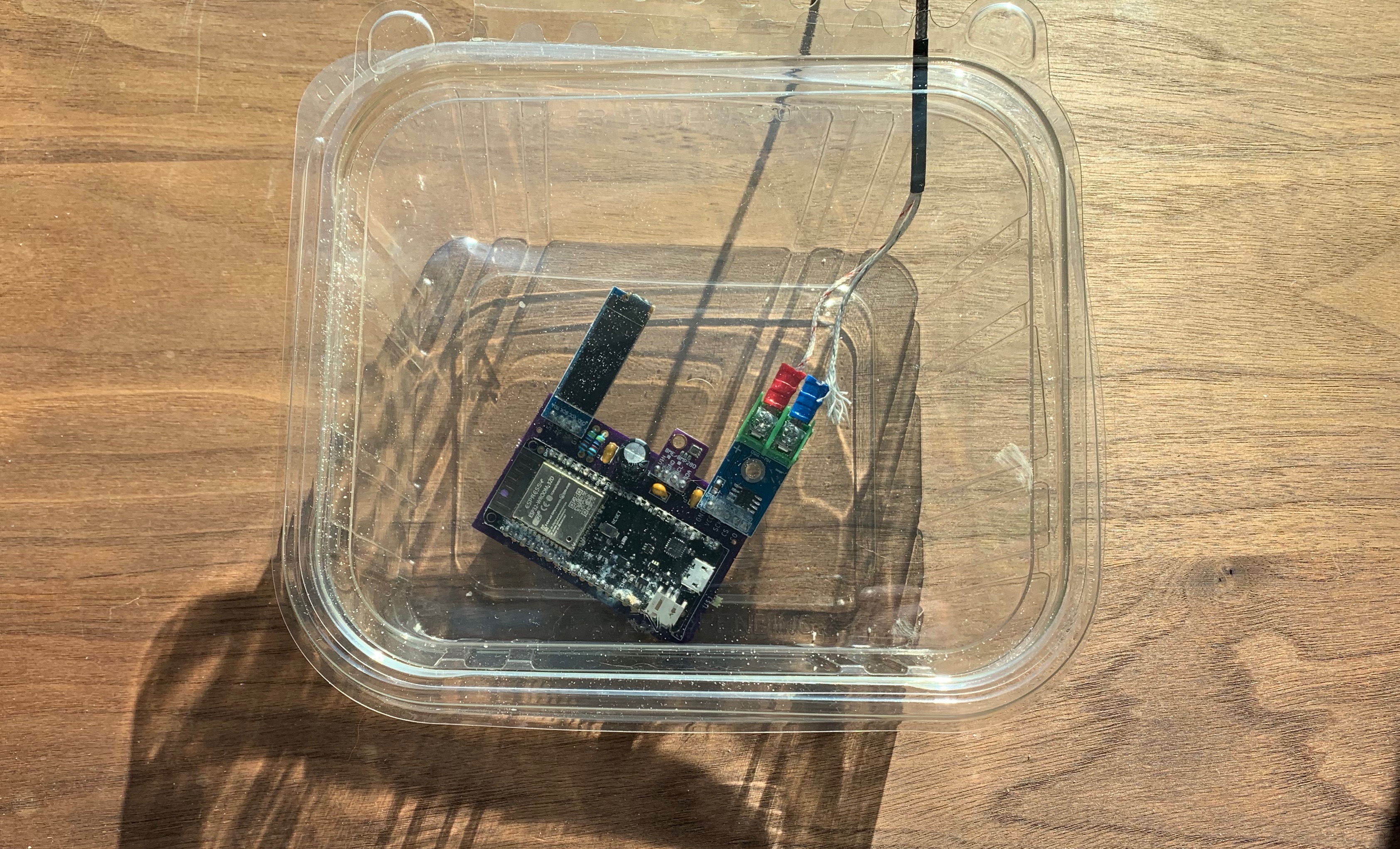
At the least, going forward, I’ll make sure that projects are in some kind of temporary case, like a repurposed plastic food containers. If the container’s big enough, some holes poked in one side might work for airflow. It’s definitely worth experimenting with and learning about case design.
